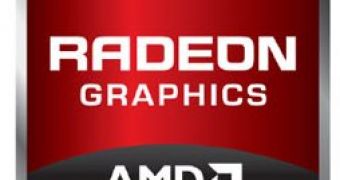The launch of AMD's upcoming HD 7000-series graphics cards is awaited by many computer enthusiasts and gamers, and the most recent news that has reached the Web claims that the Sunnyvale-based company has already taped out the first Southern Islands GPUs sometime in February, which means the cards are slated for a June or July release.
Nothing is certain at this point, but according to SemiAccurate, AMD taped out the first Southern Islands chips in February of this year which judging by the company's previous track records places the launch of the first Radeon HD 7000 products in early Q3 2011.
According to the same source, the only wild-card in AMD's release schedule is TSMC's ability to start volume production of 28nm parts, as the Taiwanese foundry has hit quite a few bumps recently when switching fabrication nodes.
Southern Islands is the code-name used by AMD for its upcoming generation of graphics cards that will be released in the Radeon HD 7000 series.
These will be based on the Cayman GPU architecture, the same design used for the current Radeon HD 6950 and HD 6970, but will feature a tweaked and more efficient core that should deliver improved performances and better power consumption.
The new Radeon HD 7000 graphics card line will include both desktop as well as notebook parts and, from what we know until now, the mobile version of the GPU will come in four different flavors that deliver on average about 20% better performance than their current counterparts.
Previous leaks place the launch of the first Radeon 7000M GPUs in Q4 of 2011, which falls in line with the Q3 release of the desktop Southern Islands GPUs since AMD always intros the desktop version of its GPUs first.
The first batch of Southern Islands parts will be built by TSMC, with some of the later ones moving to GlobalFoundries if all goes well with its 28nm fabrication technology.

 14 DAY TRIAL //
14 DAY TRIAL //